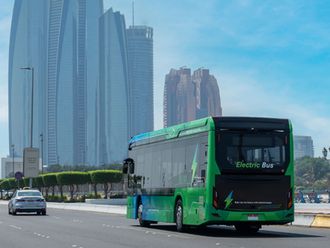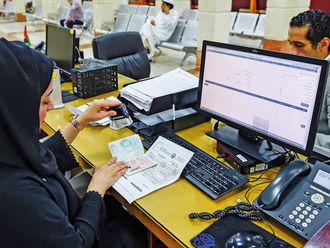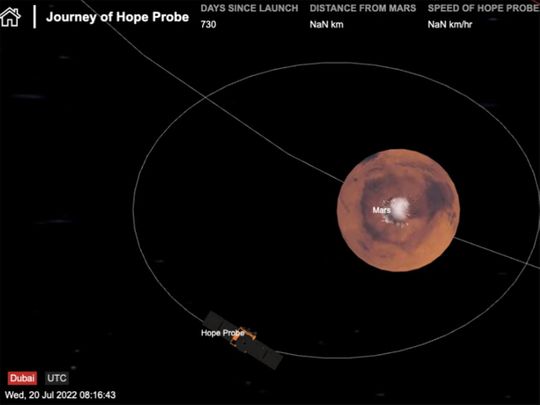
Dubai: Today is 730 days after Hope Probe, the first interplanetary mission undertaken by an Arab nation, was successfully launched aboard an H2A202 rocket from Japan’s Tanegashima Space Centre. It travelled more than 490 million kilometres from Earth for seven months before arriving successfully in Mars orbit on February 9, 2021.
Two years hence – from the launch of Hope Probe on July 20, 2020 at 1.58am (UAE time) – the country has shown its boundless potential for space exploration. The Emirates Mars Mission (EMM) has recently released the fourth batch of scientific data collected by the Hope Probe’s instruments during orbit around Mars. The UAE is not only demonstrating the capabilities of Hope Probe’s instruments but is also freely sharing fresh insights into the Red Planet’s discrete aurora and galactic cosmic ray.
Developed by Emirati engineers and researchers, in collaboration with three US universities (University of Colorado Boulder, University of Arizona and University of California, Berkeley), Hope Probe is orbiting the Red Planet for one Martian year (two Earth years) to provide a complete picture of the Martian atmosphere and its layers. So far, 688.5 gigabytes of fresh data have been shared with the international scientific community that will help answer key questions about the global Martian atmosphere and the loss of hydrogen and oxygen gases into space.
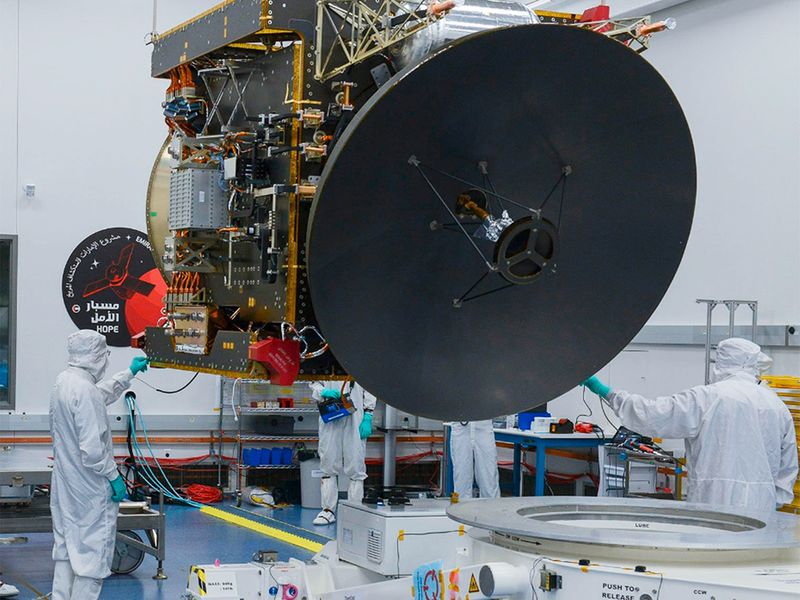
Global collaboration
Beyond the scientific objectives of Hope Probe are the UAE’s strategic objectives revolving around advancement of human knowledge, anchored on global collaboration. On Tuesday, during the state visit of UAE President His Highness Sheikh Mohamed bin Zayed Al Nahyan to France, the Mohammed Bin Rashid Space Centre (MBRSC) has signed a Memorandum of Understanding and two Letters of Intent with the National Centre for Space Studies (CNES) of France, involving cooperation on lunar exploration, formation of a joint working group on Earth observation and remote sensing missions, and collaboration on human spaceflight and experimentation aboard the International Space Station (ISS).
Earlier on Sunday, July17, the UAE Space Agency announced the allocation of new Dh3 billion National Space Fund to build “a network of highly accurate radar satellites.” The space fund will be used to support new programmes, including the creation of Sirb satellites (Sirb is the Arabic term for a flock of birds) using radar technologies to provide advanced imaging capabilities. Sirb satellites will be built through a number of partnerships between UAE and international companies.
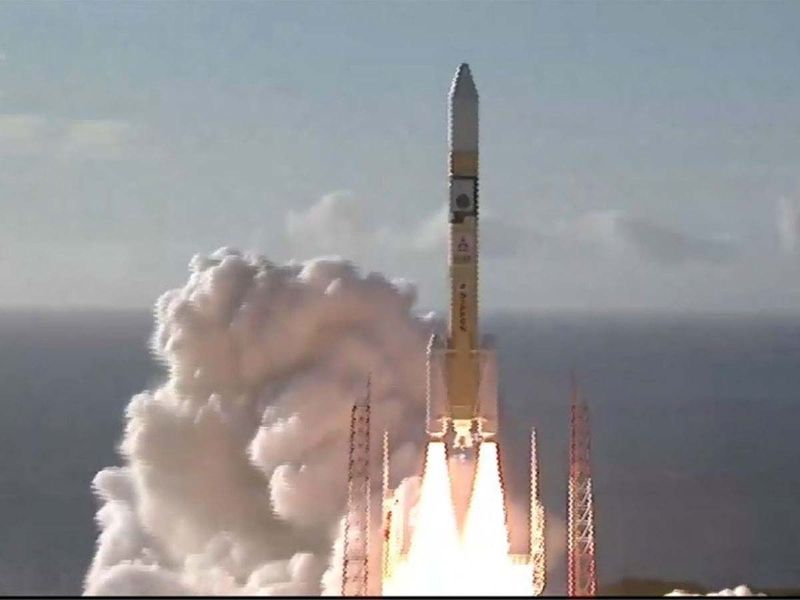
Sheikh Mohamed tweeted on Sunday: “The establishment of a dedicated fund to support the UAE’s burgeoning space programme and the launch of a new initiative to develop radar satellites are expected to expand our growing capabilities in this vital sector while accelerating innovation in environmental sustainability.”
Sheikh Mohammed Bin Rashid Al Maktoum, UAE Vice President, Prime Minister and Ruler of Dubai, also posted on his official Twitter account on Sunday that Sirb satellites would send data and imagery “with an accuracy of one metre by day and night”, noting: “The new project aims to develop the UAE’s competitive edge in the space sector and preserve the environment from climate change.”
The six-year satellite development programme will see the first satellite launch in three years. Sarah Al Amiri, chairwoman of the UAE Space Agency and Minister of State for Public Education and Advanced Technology, said “the development of the UAE’s space sector is in place to create economic opportunities, new jobs and help to fund global partnerships in space science and engineering.”
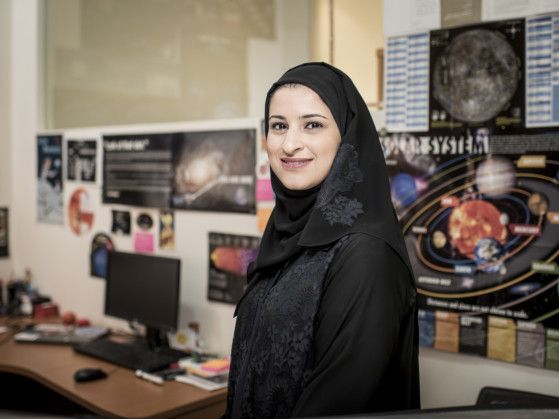
Valuable lessons
The mantra of ‘working with others’ has helped the UAE learn valuable lessons to take on more ambitious projects for the benefit of humanity. Next year, Dubai will host the International Conference on Space Operations (SpaceOps 2023). Later this year, the country will be sending the world’s smallest lunar rover to the Moon. Named after the late Sheikh Rashid bin Saeed Al Maktoum, the founding father of modern Dubai, Rashid Rover is actually two years ahead of its original launch schedule.
Early this month, on July 3, Emirati analog astronaut Saleh Al Ameri successfully completed his eight-month mission as part of the Scientific International Research in the Unique Terrestrial Station (SIRIUS-21) crew that trained for long-term space travel.
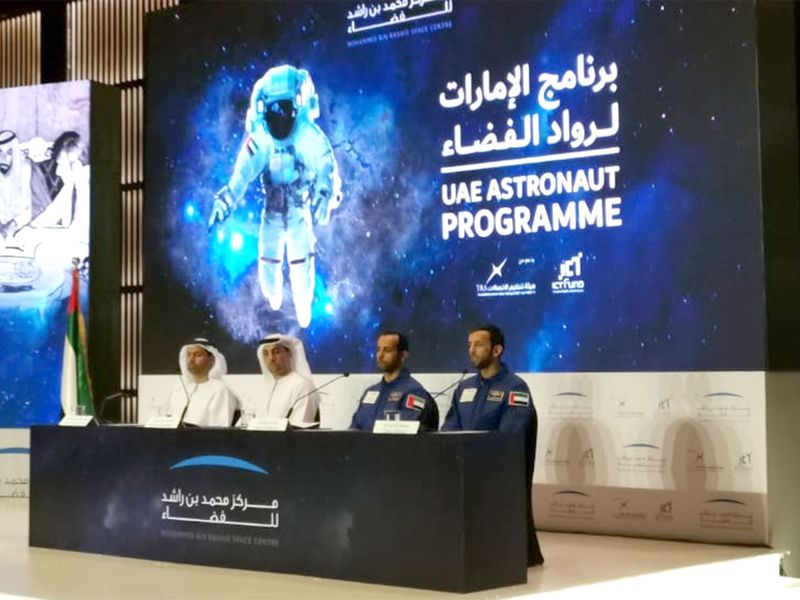
UAE pioneering astronauts Hazza Al Mansouri and Sultan Al Neyadi have also successfully completed an intensive two-year NASA astronaut training programme, and one of them will take part in a six-month stay aboard the ISS, three years after the UAE sent the first Emirati astronaut to space.
Emirati companies are also working on MBZ-SAT, which will be launched by the end of 2023 as the second operational UAE satellite. The country developing its own satellites is a big leap from 17 years ago when it sent its first specialist team to South Korea to serve as the core in the establishment of its own space programme, including the development of Mars 2117 vision aimed at building a human colony on Mars.
No bounds
As humanity’s passion to explore the depths of space has no bounds, the UAE is also keen not only in understanding the universe deeply but also in finding solutions to Earth’s problems.
Prior to the launch of Hope Probe, EMM said understanding the atmosphere of other planets will allow us to better understand our own planet Earth. We will know what happened to Mars’ ancient wet environment, which has now become dry. We can also observe Mars weather phenomena, including its massive dust storms, and compare these with dust storms here on Earth.
“The Red Planet has captured human imagination for centuries. Now, we are at a junction where we know a great deal about the planet, and we have the vision and technology to explore further. Mars is an obvious target for exploration for many reasons. From our pursuit to find extra-terrestrial life to someday expand human civilization to other planets, Mars serves as a long-term and collaborative project for the entire human race.”
Another recurring theme in EMM is not just about sending a probe to Mars but bringing greater hope for the region by inspiring and empowering the Arab youth in the field of science and technology.
Continuing mission
Meanwhile, talking about the fourth batch of scientific data collected by the Hope Probe, EMM project director Eng. Omran Sharaf said early this month: “The new observations are a testament to the quality of the Hope Probe in driving key research and insights on Mars and its atmosphere… As Hope Probe continues its planned mission to orbit around Mars, we will continue to identify ways in which we can enrich our discoveries and observations to deliver above and beyond our mission, to further enhance the international community’s knowledge and understanding of the Red Planet, and to bolster the UAE’s position in the global space domain.”
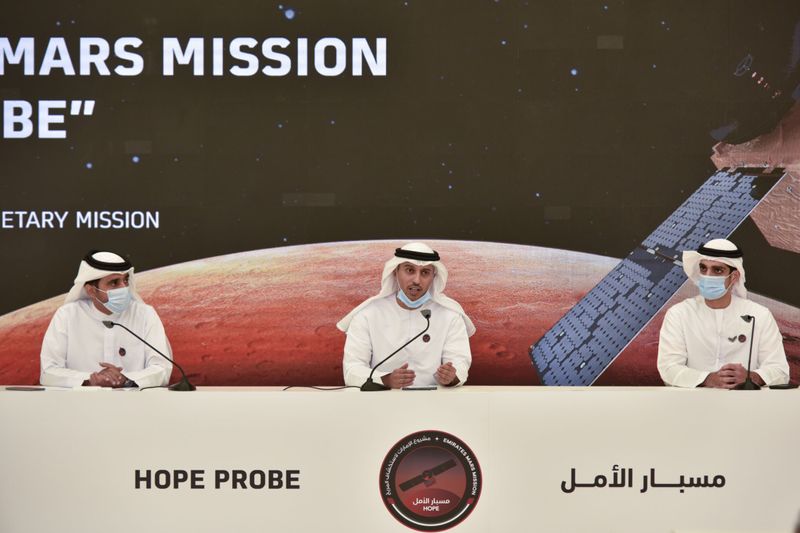
EMM science lead Hessa Al Matroushi added: “The recent coverage from the Mars Hope Probe is a tremendous feat and is evidence of the boundless potential that our instruments have in achieving science beyond what it was design for. The latest insights on Mars and its atmosphere reaffirm that there is much to discover, and we are looking forward to seeing the mission’s objectives of providing useful scientific data, enhancing national capabilities, and fostering global collaboration come to fruition with every new data collected.”
Hope Probe fast facts
20 July 2020 – Hope Probe was launched from Japan’s Tanegashima Space Centre
1.58am (UAE time) – launch time
493.5 million kilometres – distance travelled by Hope Probe from Earth to Mars orbit
9 February 2021 – Hope Probe reached Mars orbit
1 Martian year (two Earth years) – mission duration of Hope Probe to observe Mars atmostphere
Mission objectives
Hope Probe is studying the current state of Mars’ atmosphere and weather and the reason for the escape of hydrogen and oxygen from its upper atmosphere. It is also studying the relation between the higher and lower atmospheres of Mars and various other phenomena like dust storms, weather variations, and atmosphere dynamics.
Where is Hope Probe now?
Hope Probe is orbiting Mars between 20,000 and 43,000km with a 25-degree incline towards Mars. It can complete one orbit around the planet every 55 hours, capturing comprehensive data every nine (Earth) days.





